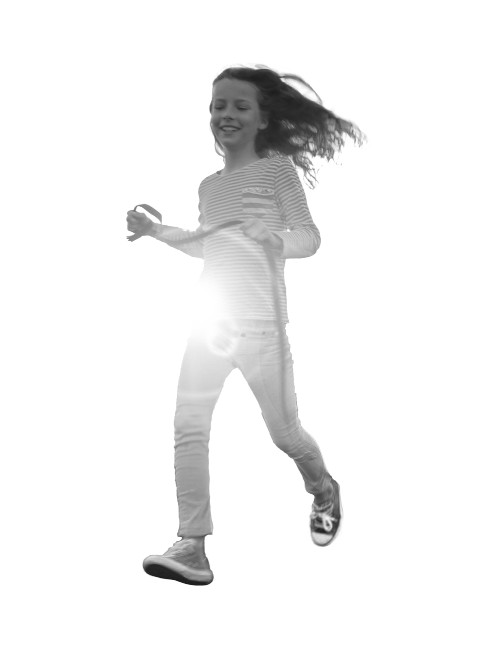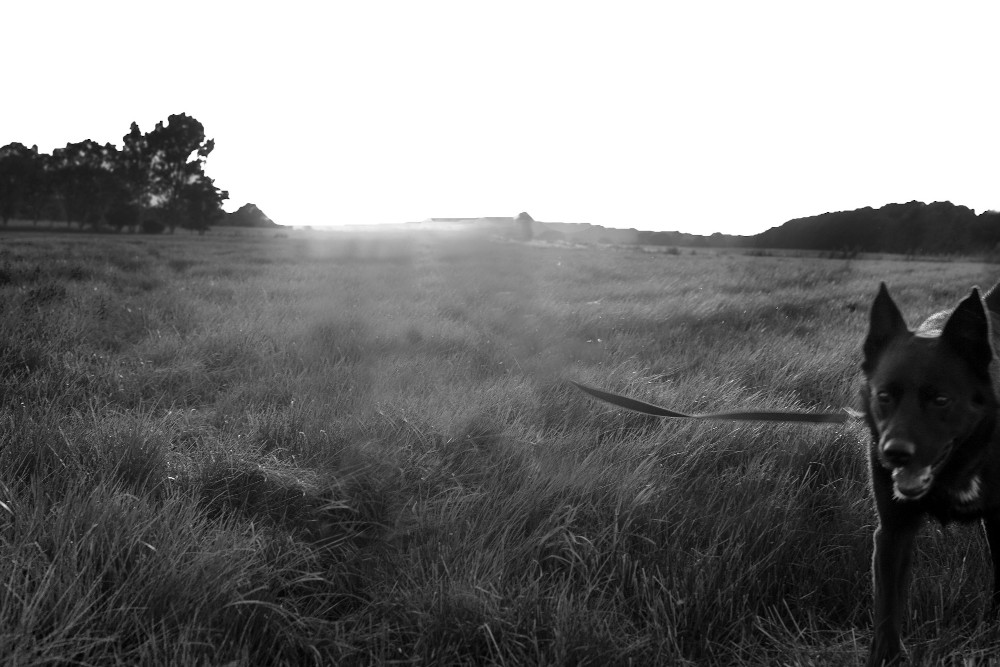Competitive Cheerleader with Cerebral Palsy Thanks Shriners Children’s for Her Success
Payton is a 15-year-old high school sophomore who cheers competitively, plays soccer, serves on her student council and loves Taylor Swift. Payton was born with cerebral palsy (CP) but refuses to let her condition hold her back from the things she loves.
When Payton was 1 year old, she was toddling outside with a garden hose on a hot summer day when her mother Erika noticed something off about Payton’s walking.
“I turned to Payton’s grandmother and asked her if Payton's feet looked turned inward,” said Erika.
Payton’s grandmother noticed it too. Erika made an appointment with Payton’s doctor and she was referred to Shriners Children’s Northern California. Payton’s team at Shriners Children’s diagnosed her with spastic cerebral palsy.
Cerebral palsy refers to a group of disorders of the developing brain and is the most common cause of motor disability in children in North America and worldwide. Like Payton, many children with CP will have spasticity or tight muscles that make walking and balancing more difficult. Each child with CP has a unique pattern of neurological involvement, some with barely noticeable differences and others with more significant disability. Shriners Children’s Northern California is home to one of the largest CP programs on the West Coast and recently launched a 500-patient, multi-center study to investigate how genetics might contribute to cerebral palsy.
I can run, tumble, flip, and do everything my teammates can do.
The Shriners Children’s team started Payton’s treatment with casting to improve the flexibility of her ankles. Payton’s legs were put in casts for one week at a time, over a series of six weeks, twice per year.
“From our very first visit, the doctors and staff at Shriners Children’s have always gone above and beyond to answer all our questions and put us all at ease,” said Erika. “The casting team is amazing. They went out of their way to wow Payton with her casts. They even used glitter and fun cut-outs to decorate her casts.”
When Payton was 7 years old, she had her first study in the motion analysis center. The high-tech movement analysis is similar to the process used to create animations in movies and video games. Bubble-shaped sensors and infrared cameras are used to track the body’s movement as the patient walks, and results are used to create individualized treatment plans that may include therapy, orthotics and surgery.
“Three-dimensional motion analysis helps us see movement that would otherwise be impossible in a quick appointment in clinic,” said Vedant Kulkarni, M.D., attending pediatric orthopedic surgeon and director of the pediatric orthopedic fellowship program. “The results of these studies allow us to have a level of precision in our understanding and decision making that each child deserves. Payton’s first study showed us that a tendon-lengthening surgery for her right ankle and knee would substantially improve her walking.”
Dr. Kulkarni and his team shared the results of the study with Payton and Erika at a clinic visit, showing them examples of other children who had similar surgeries.
“He took the time to answer all our questions during each visit and gave us all the pros and cons. We trusted him and decided to go ahead with the surgery,” said Erika.
The surgery went well and Payton worked hard during physical therapy to meet her goal of attending an upcoming concert, only weeks away.
“Payton did so well with physical therapy, with help from her Shriners Children’s team, that she was able to walk into the arena wheelchair-free to see Taylor Swift at Levi Stadium that year,” said Erika.
Payton’s surgery was ultimately so successful that she now participates in multiple sports, including competitive cheer. She travels across the country for cheer competitions and her team has even won a national championship.
“I can run, tumble, flip and do everything my teammates can do,” said Payton.
Erika credits Payton’s excellent care at Shriners Children’s and trust in Dr. Kulkarni for helping foster Payton’s confidence and athletic achievements.
“Payton has so much respect and trust for Dr. Kulkarni,” said Erika. “He always takes the time to explain all Payton’s options and empowers her to make decisions about her treatments, especially as she gets older.”
Payton hopes to one day be a nurse, so she can help children just like her.
Excellence in Care






